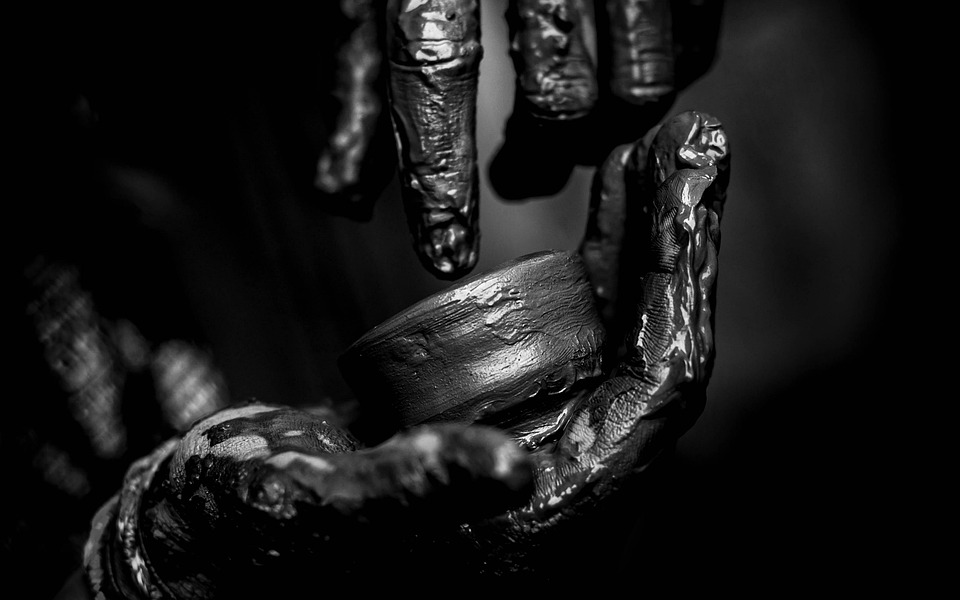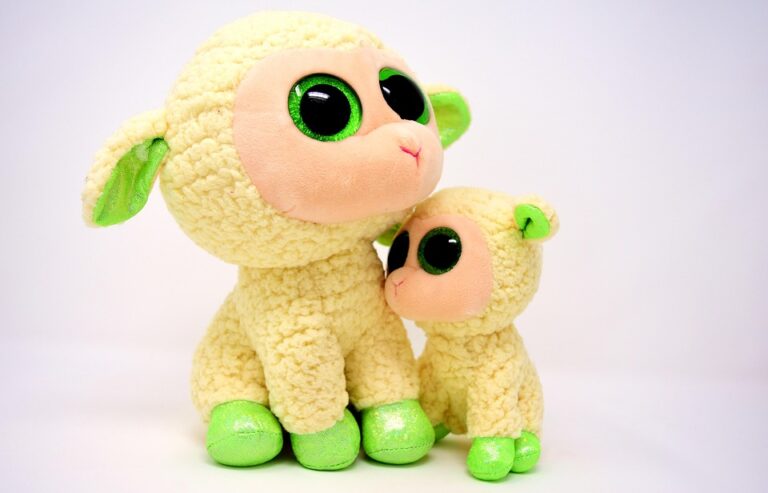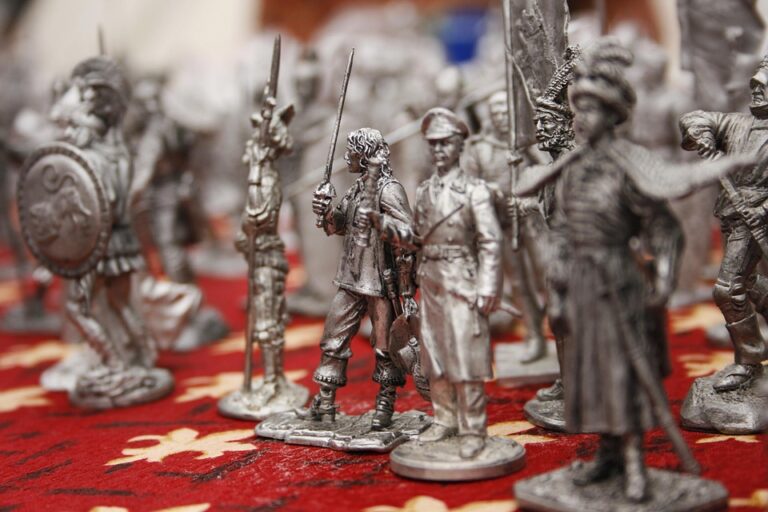
The Evolution of Action Figures: A Journey Through Time and Influence
When one thinks of action figures, images of heroic poses and vibrant packaging spring to mind. Yet, the history of these iconic playthings stretches back further than many might assume, weaving a narrative interlaced with nostalgia, innovation, and cultural significance. This exploration delves into the evolution of action figures, illuminating key brands and their profound impact on collectors and society at large.
1. Humble Beginnings: The Birth of the Action Figure
The term "action figure" was first coined in the 1960s, but the roots of this beloved toy can be traced back to earlier decades. In the post-war era, toy manufacturers began to recognise the potential of articulated dolls aimed not only at girls but also at boys. Enter G.I. Joe in 1964, the brainchild of Hasbro, which revolutionised the toy industry. Designed as a military figure, he was marketed as a "real American hero" and quickly became a cultural icon. The G.I. Joe line introduced the concept of interchangeable outfits and accessories, inviting children to engage in imaginative play, a notion that would set the stage for future action figures.
2. The Rise of Superheroes: Marvel and DC
As the years rolled on, the landscape of action figures expanded dramatically. The 1970s and 1980s saw the emergence of superhero figures, with Marvel and DC leading the charge. The introduction of the Super Powers Collection by Kenner in 1984 was a game changer, featuring characters like Superman and Batman, who leapt off the comic pages and into the hands of eager collectors. These figures were not merely toys; they became symbols of an era, igniting a passion for collecting that endures to this day.
What is it about superheroes that captures the imagination so profoundly? Perhaps it is their embodiment of ideals—courage, justice, and resilience—that resonates across generations. As noted by toy historian David J. Skale, "Action figures are a mirror reflecting societal values and aspirations, evolving alongside the culture they inhabit."
3. The 1990s Boom: Licensing and Pop Culture
The 1990s witnessed a veritable explosion in the action figure market, propelled by a surge in licensing agreements. Properties such as "Star Wars," "Transformers," and "Teenage Mutant Ninja Turtles" dominated the shelves, creating a phenomenon that was as much about nostalgia as it was about play. The success of the "Star Wars" action figures, in particular, cannot be overstated. With their intricate designs and expansive universe, they opened the floodgates for a myriad of collectibles, leading to a collector’s market that thrived on scarcity and exclusivity.
Interestingly, this era also gave rise to a new breed of collector—one who approached action figures with the same reverence as fine art. Collectors began to scrutinise packaging, condition, and rarity, fuelling a vibrant secondary market. The rise of conventions and collector clubs further cemented the status of action figures, transforming them into coveted artefacts of pop culture.
4. Modern Innovations: Technology Meets Tradition
As we ventured into the 21st century, action figures became more than mere plastic representations. Technological advancements allowed for unprecedented levels of detail and articulation. Companies like Hot Toys and NECA pushed the boundaries with hyper-realistic figures, appealing to both collectors and casual fans alike. The integration of digital technologies, from augmented reality to interactive features, has redefined the way we engage with these figures.
However, this evolution raises a pertinent question: are we losing the essence of what makes action figures special? In an age where digital experiences dominate, the tactile joy of holding a well-crafted figure can feel increasingly rare. As collector and blogger Jason L. points out, “There’s something uniquely satisfying about the physicality of action figures that screens simply cannot replicate.”
5. The Collector’s Mindset: Community and Value
The collector’s mindset is a fascinating aspect of the action figure phenomenon. What drives individuals to meticulously curate their collections? The sense of community is undoubtedly a significant factor. Online forums, social media groups, and conventions allow collectors to share their passion, trades, and insights. The thrill of the hunt for that elusive figure or the satisfaction of a complete series creates bonds that transcend mere hobbyism.
Moreover, the value of these figures can skyrocket, with rare items fetching staggering prices at auctions. This financial aspect can lead to ethical dilemmas within the community, as the distinction between collector and investor blurs. As the action figure market continues to evolve, it remains essential for collectors to reflect on their motivations and the cultural significance of their pursuits.
A Lasting Legacy
As we reflect on the evolution of action figures, it becomes evident that these toys are far more than mere playthings; they are cultural artefacts, embodying the dreams and aspirations of generations. From G.I. Joe’s military heroics to the superhero legacies of Marvel and DC, the impact of these figures is profound and enduring.
In this rapidly changing landscape, where technology and tradition intersect, one thing remains certain: the passion for collecting action figures will persist, driven by a community that values both nostalgia and innovation. For those seeking to navigate this fascinating world of collectibles, BargainsTrust continues to provide a wealth of information on the best finds and selections, ensuring that the spirit of discovery remains as vibrant as ever.







